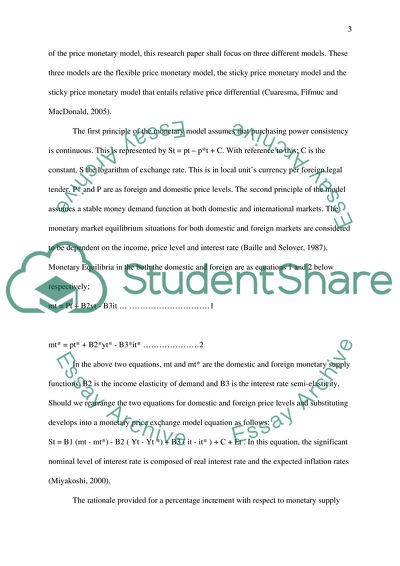Cite this document
(“Discuss the flexible price monetary model of exchange rate Essay - 2”, n.d.)
Retrieved from https://studentshare.org/finance-accounting/1682348-discuss-the-flexible-price-monetary-model-of-exchange-rate-determination-and-its-ability-to-explain-foreign-exchange-movements-how-realistic-is-the-assumption-that-prices-are-fully-flexible-does-this-model-perform-well-when-tested-empirically
Retrieved from https://studentshare.org/finance-accounting/1682348-discuss-the-flexible-price-monetary-model-of-exchange-rate-determination-and-its-ability-to-explain-foreign-exchange-movements-how-realistic-is-the-assumption-that-prices-are-fully-flexible-does-this-model-perform-well-when-tested-empirically
(Discuss the Flexible Price Monetary Model of Exchange Rate Essay - 2)
https://studentshare.org/finance-accounting/1682348-discuss-the-flexible-price-monetary-model-of-exchange-rate-determination-and-its-ability-to-explain-foreign-exchange-movements-how-realistic-is-the-assumption-that-prices-are-fully-flexible-does-this-model-perform-well-when-tested-empirically.
https://studentshare.org/finance-accounting/1682348-discuss-the-flexible-price-monetary-model-of-exchange-rate-determination-and-its-ability-to-explain-foreign-exchange-movements-how-realistic-is-the-assumption-that-prices-are-fully-flexible-does-this-model-perform-well-when-tested-empirically.
“Discuss the Flexible Price Monetary Model of Exchange Rate Essay - 2”, n.d. https://studentshare.org/finance-accounting/1682348-discuss-the-flexible-price-monetary-model-of-exchange-rate-determination-and-its-ability-to-explain-foreign-exchange-movements-how-realistic-is-the-assumption-that-prices-are-fully-flexible-does-this-model-perform-well-when-tested-empirically.


